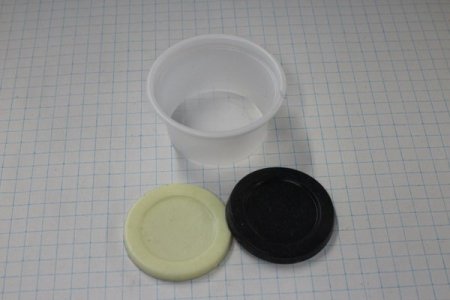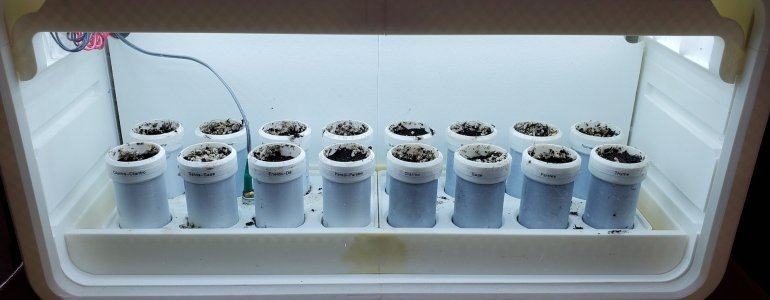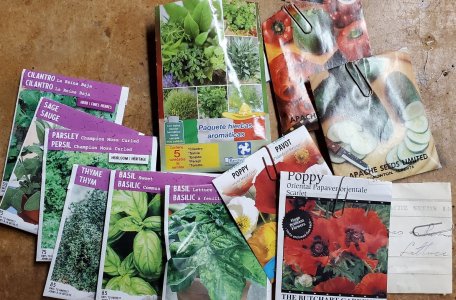Those look interesting. Didn't see them today when I was there. But SWMBO tagged along and I can't always be as slow as I'd like.You could try a softer grade of TPU. Some of it is pretty soft.
You could also try some silicon baking pans. My wife has some that are much thicker than the silicon baking sheets.
General PDP Template
www.canadiantire.ca
I've printed a second TPU gasket. The first is silicone sealed into the lid. I've also silicone sealed the other TPU O-Rings for the other containers. Tomorrow I'll see how that worked out.
I have a different idea that may be the ideal solution. Cdn. Tire still carries the replaceable gaskets used for canning jars. If I recreate the containers to have a smaller neck and opening to use standard canning jar lids and have them recessed so they don't interfere with the rollers that turn the container then I can use COTS (Commercial Off The Shelf) lids and gaskets.
I'm worried about softer TPU gumming up the print head. Plus just the cost of buying it.
In this way the rock tumbler can have multiple containers, one for each grit.



